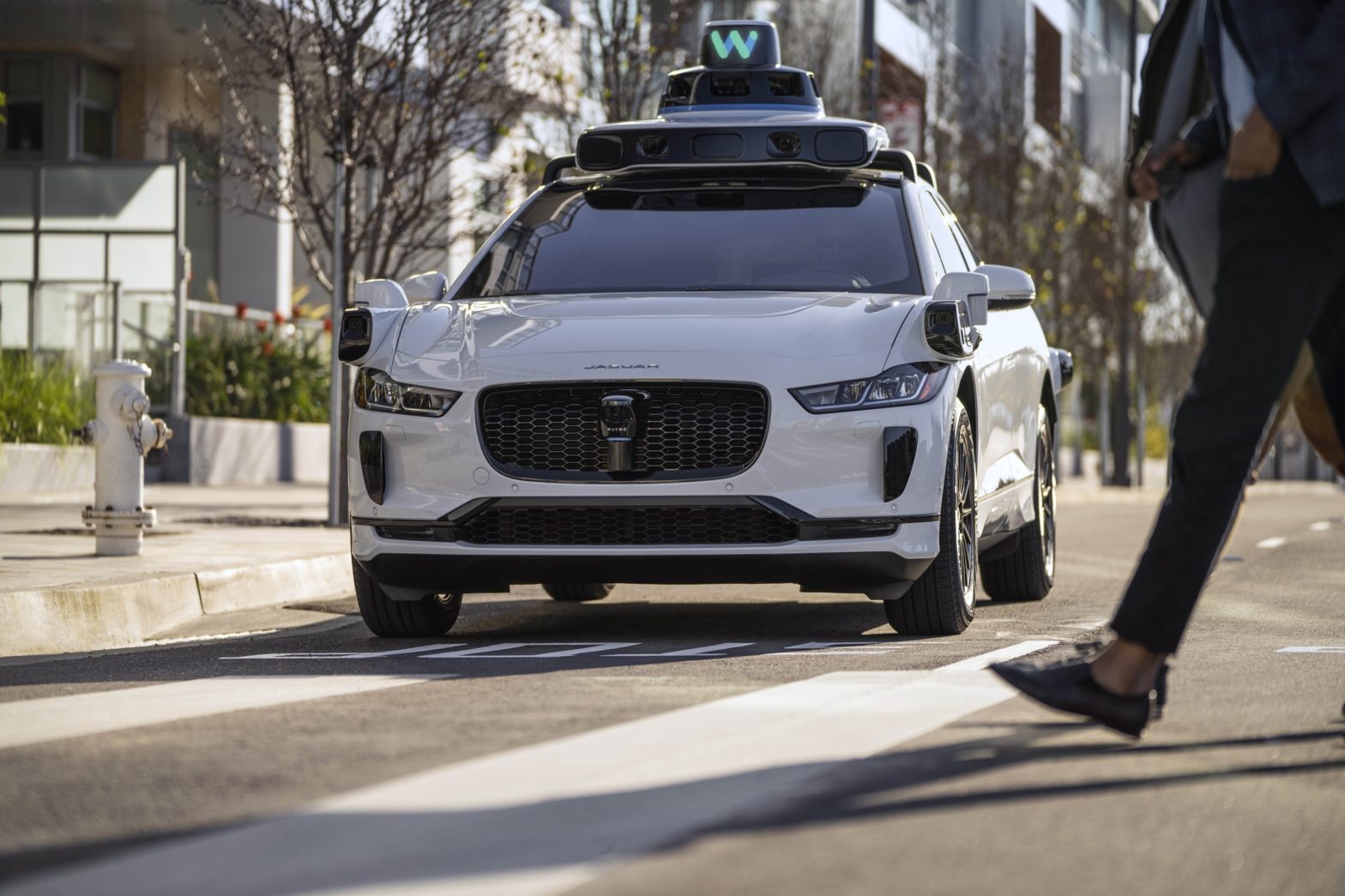
Photo: waymo
Driverless taxis approved for Los Angeles rollout
14 March 2024
by Christopher Carey
Waymo has received approval to operate driverless robotaxis with paying passengers in Los Angeles and on the San Francisco peninsula despite objections from local authorities in both areas.
The company – a subsidiary of Alphabet Inc. – already operates paid driverless robotaxi services in San Francisco and Phoenix, and can begin services in the additional areas immediately following the California Public Utilities Commission’s (CPUC) decision.
Last month, the CPUC suspended Waymo’s request to expand in San Mateo and Los Angeles counties to allow for more time to review submissions related to the expansion.
A number of municipal and county authorities – including the City of South San Francisco, the County of San Mateo, the Los Angeles Department of Transportation, the San Francisco County Transportation Authority – have objected to the move, with some citing safety concerns.
“I thought [the] CPUC gave us 120 days to sit down with Waymo and discuss our concerns here in San Mateo County,” David Canepa, Vice President for the San Mateo County Board of Supervisors said in a statement.
“I’m confused and a bit suspicious that the CPUC took only 11 days to change its mind on the suspension.
“I find this to be egregious and disingenuous. We have had no talks to address our concerns and it says to me that neither Waymo nor the CPUC care about local concerns over the public safety of our residents.”
In a statement, a Waymo spokesperson said: “We’re grateful to the CPUC for this vote of confidence in our operations, which paves the way for the deployment of our commercial Waymo One service in Los Angeles and the San Francisco Peninsula.
“As always, we’ll take a careful and incremental approach to expansion by continuing to work closely with city officials, local communities and our partners to ensure we’re offering a service that’s safe, accessible and valuable to our riders.”
The CPUC’s decision allows the company to deploy its robotaxis on local roads and freeways in Los Angeles and on the San Francisco peninsula at speeds of up to 65 mph, with no cap on fleet size.
Background
Concerns about the safety of driverless robotaxis have grown in the past year after several high-profile incidents involving Waymo and its rival Cruise.
Last month, a Waymo car hit a cyclist in San Francisco, with the California Department of Motor Vehicles (DMV) currently reviewing the incident.
In October last year a more serious incident involving its rival Cruise and a pedestrian prompted the DMV to suspend the company’s driverless cars from California’s roads.
The agency subsequently said the General Motors subsidiary had misrepresented the safety of its vehicles’ technology and alleged that it had omitted key information from the incident where a pedestrian was dragged six metres by the robotaxi.
Besides these high-profile incidents, other concerns have been raised about autonomous vehicles’ role within cities.
Since January 2023, the San Francisco Fire Department has reported at least 85 incidents in which autonomous vehicles have interfered with emergency responses or negatively impacted firefighters’ operations, according to the San Francisco Chronicle.
Last month, an unoccupied Waymo robotaxi was set ablaze by a crowd in San Francisco, the latest in a series of incidents where autonomous vehicles have been targeted by members of the public.
Image: Waymo







